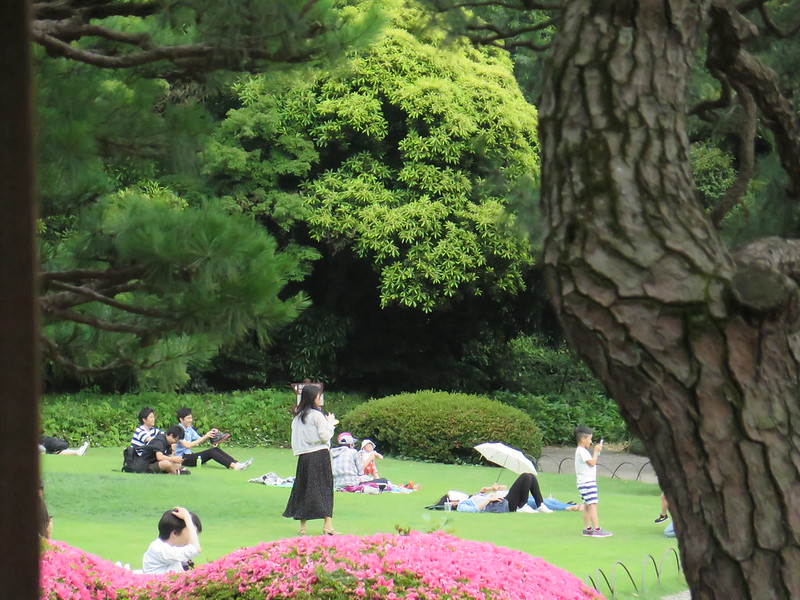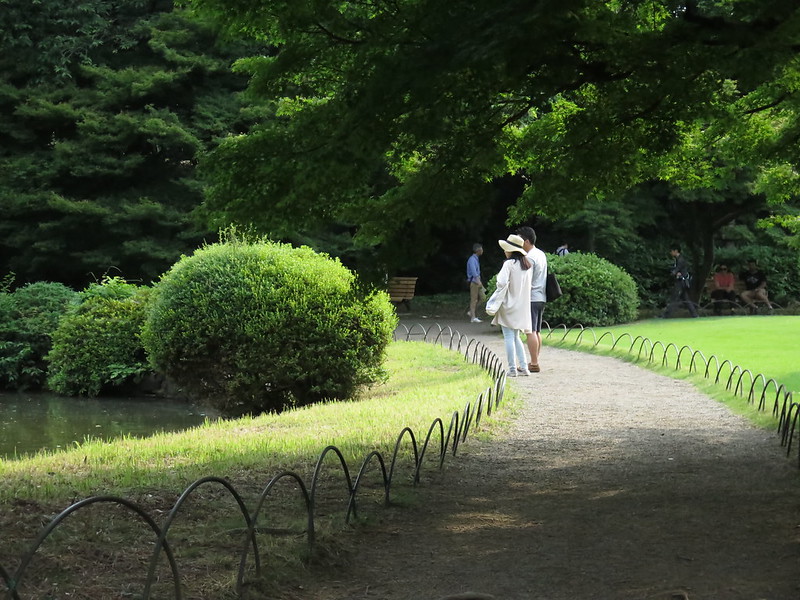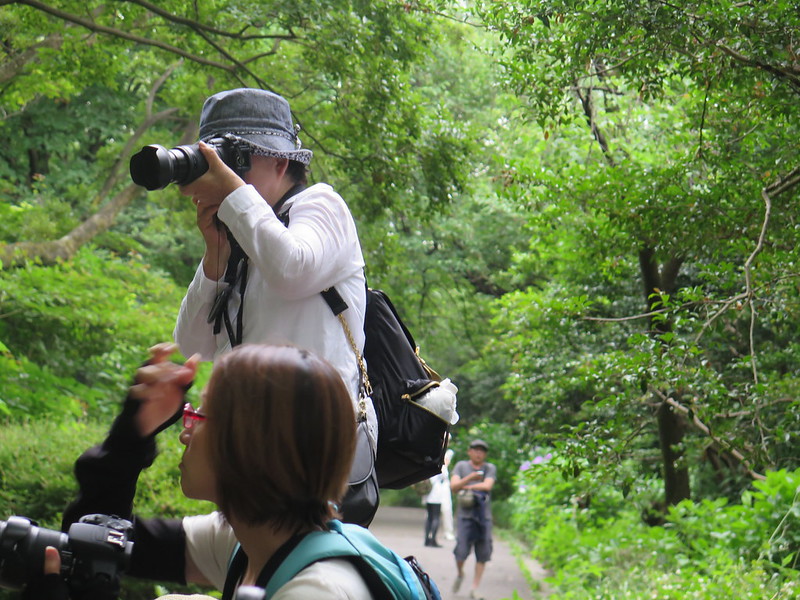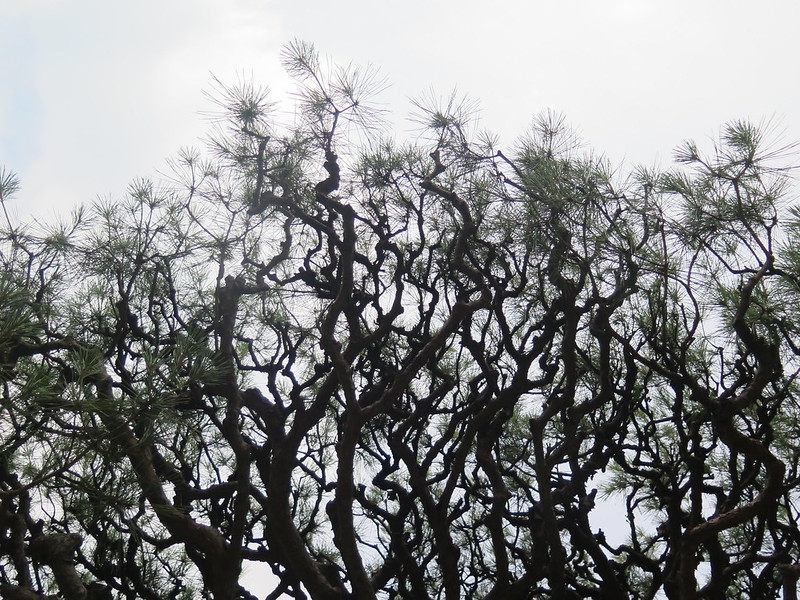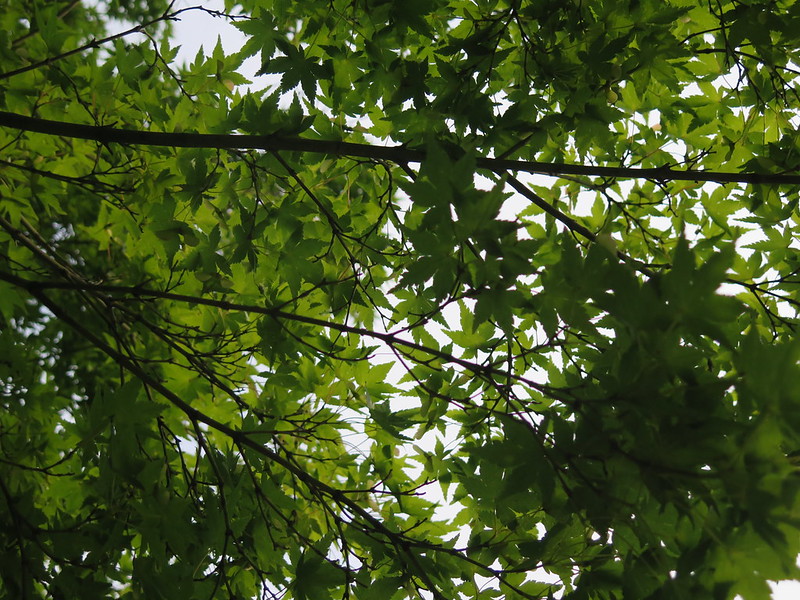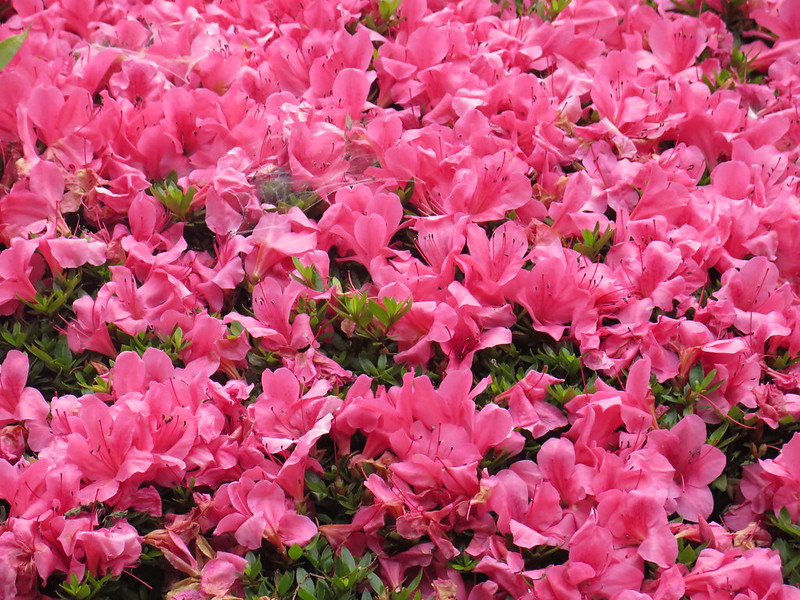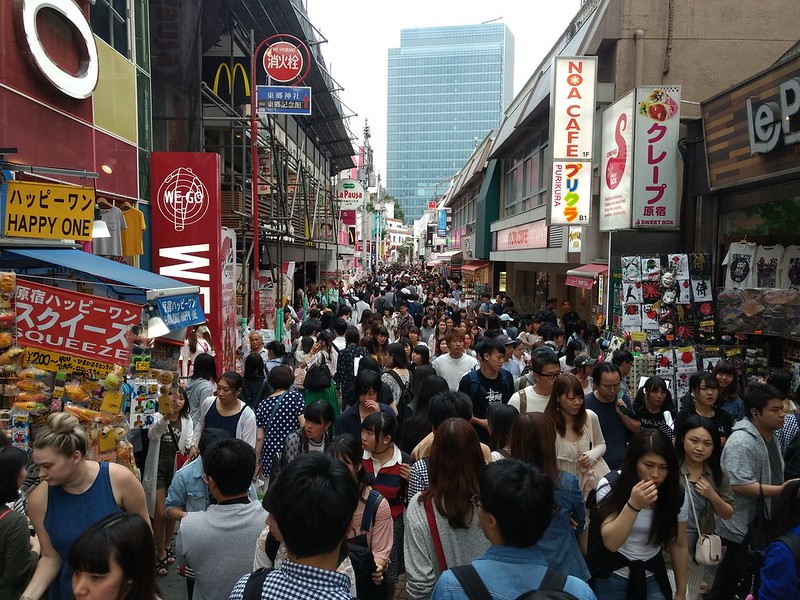
Aside from the cleanliness and the bright colors, being crowded is near the top in adjectives to describe Tokyo on a weekend. It’s a low-key kind of crowded, at least where we visited – there’s no hustle like the markets we visited in South America, and it’s not the near-paralyzing shoved-together roiling mass that we experienced on a Saturday night in Taipei’s nightmarkets. It’s a casual, bubbling with energy, happy kind of crowded – there are more people here than you can possibly imagine, but nobody is being shoved into anyone else and there’s no point in time where the stream of people has to stop moving. 
We’d spent some time during the weekends visiting the Harajuku, Shibuya, and Shinjuku districts, mostly for me to see what all the buzz was about. All three are trendy neighborhoods surrounding massively active rail stations. Each one is a bit different, but the common thread is that young people gather on weekends to shop and eat, with a focus on Harajuku. Shibuya station’s surrounds are a bit more downtown, with financial hubs and the famous Shibuya crossing right around the corner. Harajuku is fashion friendly and full of modern cafes and eateries. Here is where, generally, cosplayers and people wearing fantastical clothing might hang out, but we didn’t see too much out of the ordinary. The shapes, patterns, and colors permitted in decoration and dress in Tokyo are already far outside the norm in any western country I’ve been to. This becomes especially true on the weekends when people don’t have to wear suits for their job.

Shinjuku lies to the north of both the other districts and presents two different neighborhoods on either side of the station. To the west is something akin to Manhattan – tall buildings, lots of shops on the ground floor, famous labels and marks taking up much of the real estate. To the east is a much calmer feeling, low-building occupied neighborhood with plenty of its own shopping but without the big-city feel. It’s incredible how quickly Tokyo can transition in character, usually just in a matter of streets, while still maintaining a very distinctive feel.
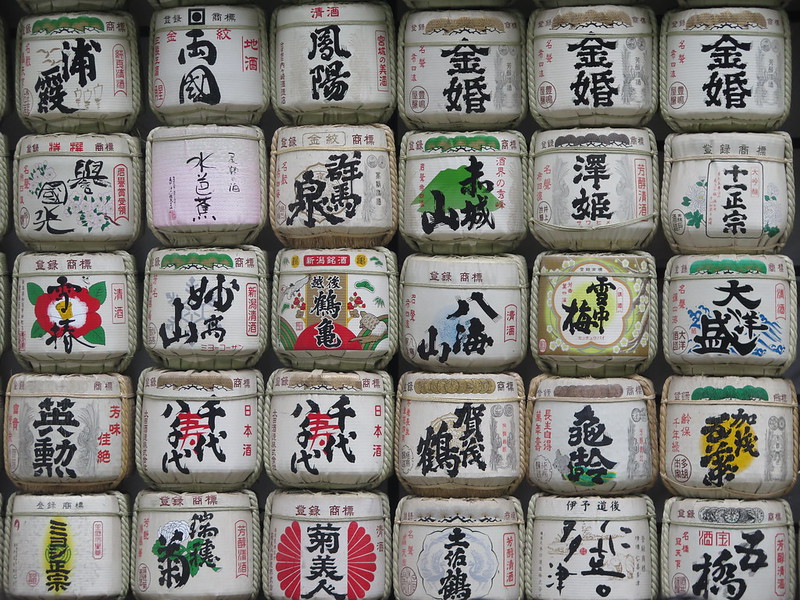
Once the crowds have gotten to be too much, each neighborhood presents a calm place to retreat – sort of. Harajuku and Shibuya have the Meiji Jingu shrine and surrounding park, while Shinjuku has Shinjuku Gyoen National Garden. Meiji Jingu is one of the most famous shines in Tokyo and is regularly packed with worshippers and visitors on the weekends, especially when the weather is nice.

We found it really nice to go wandering down the impressively wide and long main entrance path during the rain – there are much fewer people and the atmosphere is charming, calm, and reflective as opposed to excited. On a sunny weekend it’s beautiful to visit, but while it is away from the city noise of the nearby neighborhoods, the sheer number of visitors can be overwhelming.
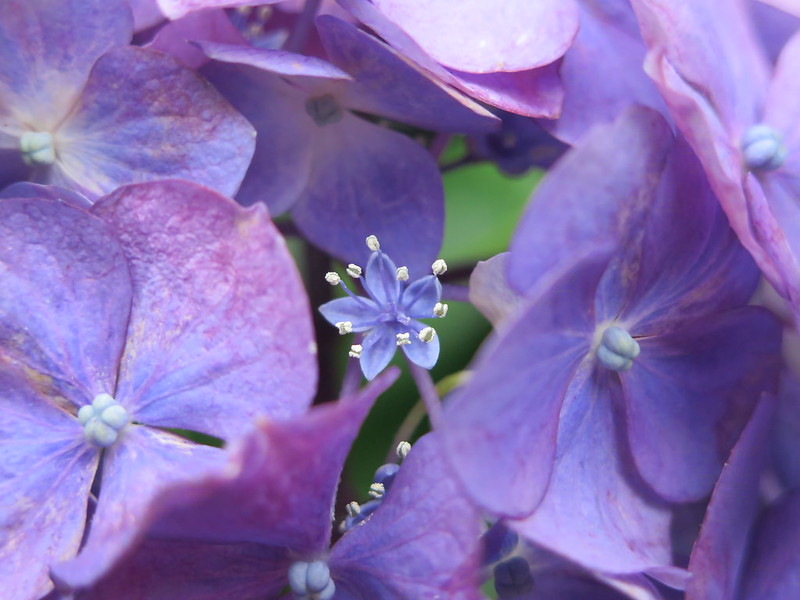
Shinjuku Gyoen National Garden is a much better place to go and relax. It’s a huge park, fastidiously maintained, with a pond and river, beautiful trees, and vibrant flower displays all over. We mostly walked around and took pictures, sat on the grass, and enjoyed a late summer afternoon with everyone else. For the low cost of a train ride and 200 Yen, a day of quiet meandering walks and nature saturation await.
